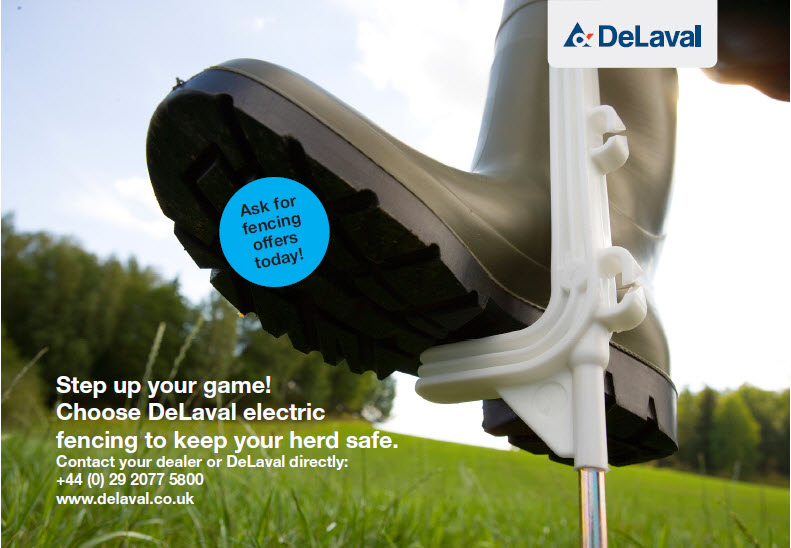The correct answer to that one would be:
Depends on which specialist. Even within the same field the competences can differ a lot and yet it seems like often people who are specialists of something else or even of a different sub-specialty have very unrealistic expectations.
For example, I read a job ad today. An ad that I would usually not even open as it was titled Graphic Designer but since it was selected for me as a part of my job alerts, I decided to take a look why.
It took me less than a minute to decide that I should close it but what really surprised me is that any decent graphic designer, who knows their value and strengths-weaknesses, would have as well. Here’s why:
Responsibilities:
- Graphic design and production of original digital and print material
- Translating, proofreading and quality reassurance of sales material and text
I didn’t have to read further though the list of responsibilities was way longer. Why? Because they didn’t bother to put any thought into the title of the role they chose. People have different competencies and strengths as well as weaknesses and that should be okay. No-one is good at everything and you can either know a little about many things or a lot about a few. If someone claims differently, they are lying. Probably also to themselves.
It is very difficult to understand what someone else’s specialty entails, how broad their competences are and how deep they go. I once hired a replacement for myself and ended up choosing someone who studied exactly the same programme as me, thinking that this way I know exactly what they should know as well. Only a few days later it became clear that we were still very different and so were our skills and interests.
I am sure you all know someone who can draw very well. Does that mean that they write very well too? No! Maybe they do, but those are completely separate competences and in that case, it is just a coincidence. The guy or a girl who draws very well might decide to pursue a career in graphic design when he/she grows up. Or not. But let’s assume he/she does. She might go to a school to study more about art, practice its different forms and learn to use the most common design programmes. If he/she is lucky, he/she will have the opportunity to keep practicing both, their skills and programme use, but since everything costs money and takes time, they might not and will forget some things.
Let’s say that this young designer is really talented, studied hard, took on some design internships and even worked a few years in the area. He/she can now produce impressive graphics, maybe edit photos, follow some recommended ways of working and perhaps even dare to try out some bold new looks for different types of graphics. Specialists, you can improve my claims about you probably. But why on Earth should anyone assume that he/she has any text skills!? Yes, most people can read. And write. But professional writing is a whole other game and divided between various specialists. Your graphic designer should only be able to catch the obvious mistakes.
The job ad I paraphrased before asked graphics experts to waste their time and might have never even been seen by others with more relevant profiles.
I can understand better when someone is looking for a marketing coordinator, specialist, manager or content producer that various skill requirements might be hidden under the title. Yet, no-one is a specialist of everything, still applies so every recruiter should think through whether they want the best of their field or someone who just gets by.
This job ad aspired to find someone capable of doing translations (one specialist, but you should really have two for each language pair as ideally one should translate only into their native language), editing (at least two as some specialise on editing content, others on language – a person who can assemble a catchy text might still be bad at grammar and spelling and someone with great grammar might write boring text), and copywriting (someone who can easily understand various topics and turn them into great text suited for its purpose and target audience). You could add here digital specialists who analyse SEO requirements etc.
It is still easier to find people who can take care of all writing-related assignments quite well. A specialist could probably improve their work but the work might be good enough for its goal.
I can tell you that I am quite comfortable working with texts. I love writing myself, I’ve done a lot of it and I’ve spent years editing and managing edits of others’ texts. I am no stranger to SEO principles or English-Estonian-English translation either and I have worked quite a lot on visual marketing materials.
I have had to learn to use Adobe InDesign because I didn’t have the budget to outsource all design and layout work. Actually, I had no budget at first. Just demands to do things. So I did. As well as I could. And I learned on the way. But knowing the basics of a programme or some design principles is not enough for me to say that I am good at graphic design, photography or layouting. I might be able to veto bad images, pick some quite good ones, mark some editing needs and fight for what goes where but in the hands of someone who does design full time, the results would most likely be better.
Therefore the trend of demanding so many different skills from one person deeply worries me. I get it that today’s marketing specialists should be flexible and capable of handling many different assignments as well as learning fast but is it worth saving the money at first by hiring someone who manages to convince you that they excel at everything and then fails? Or would it just mean that you’d soon need to start another recruitment process or just have to outsource parts of planned work?
I’d love to hear your thoughts.



